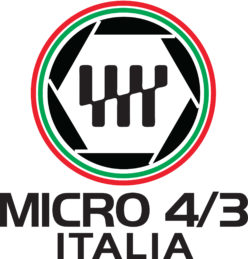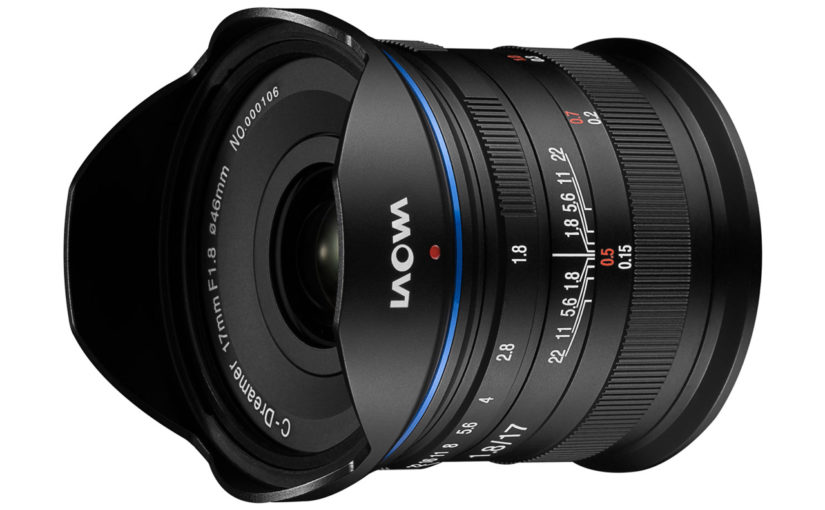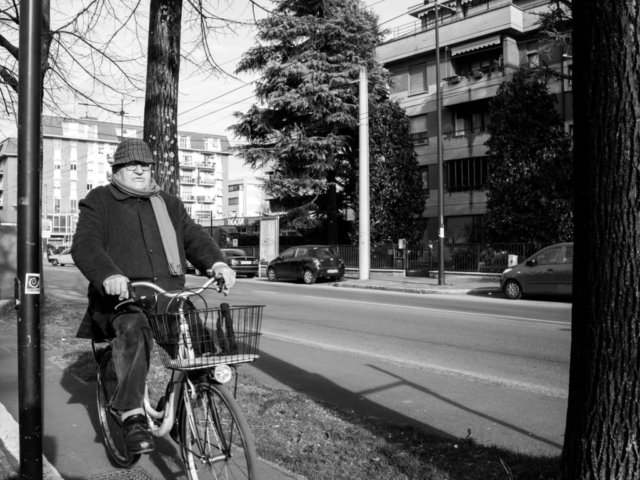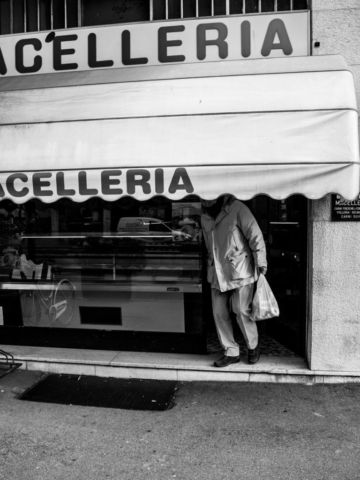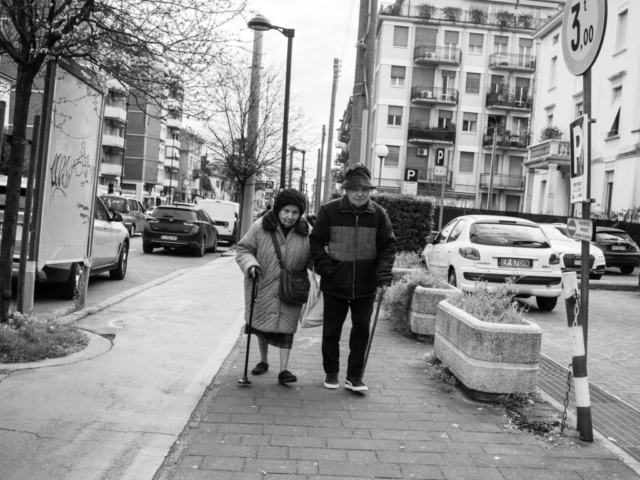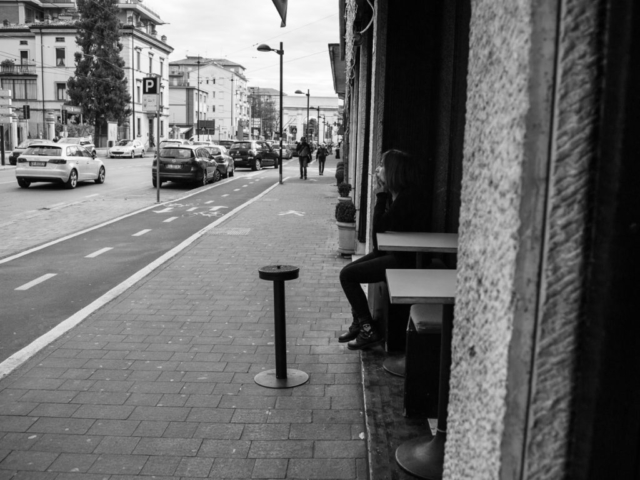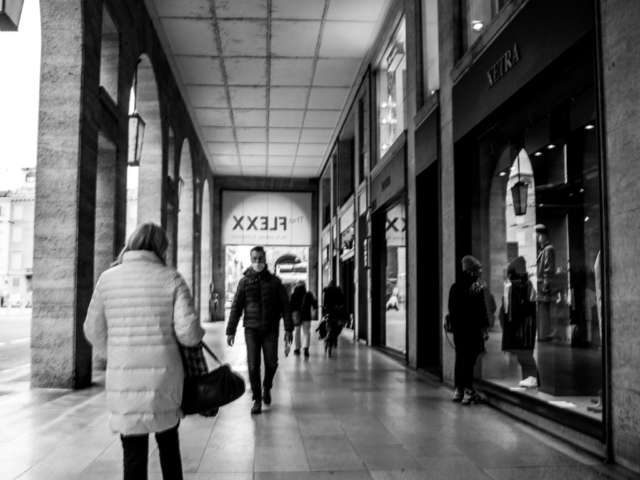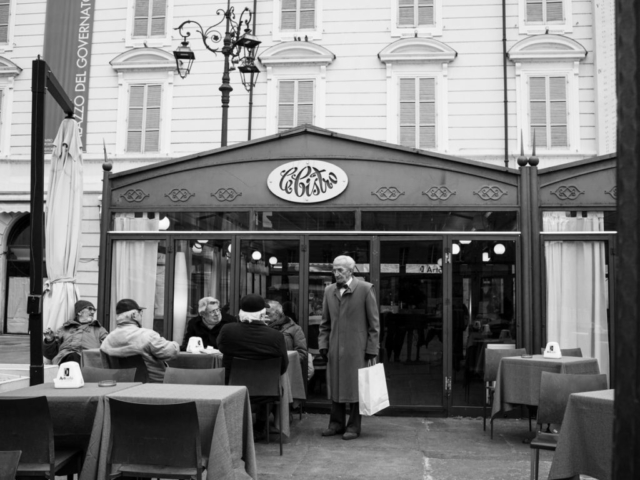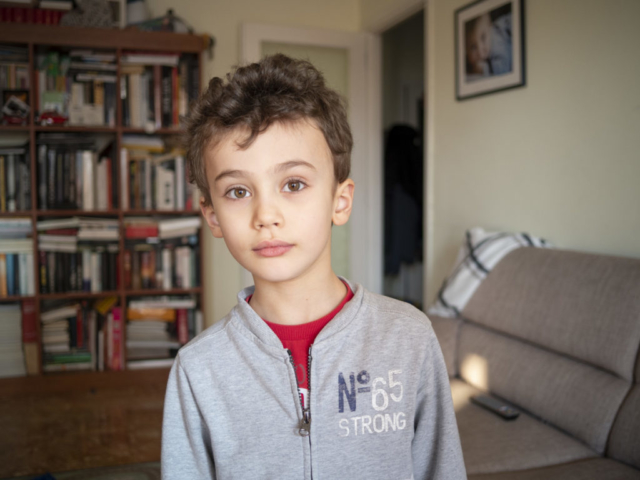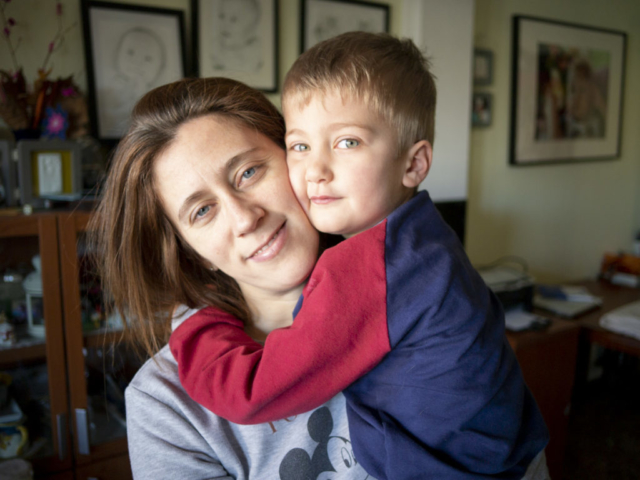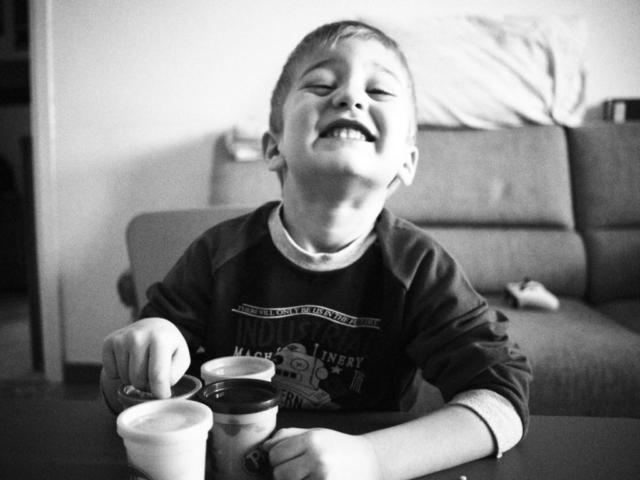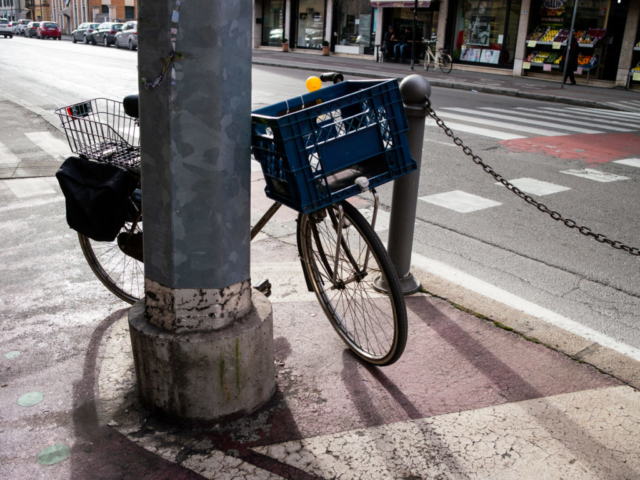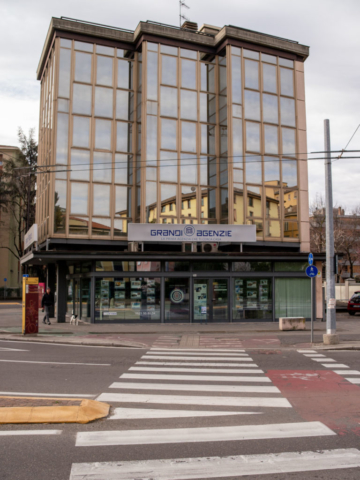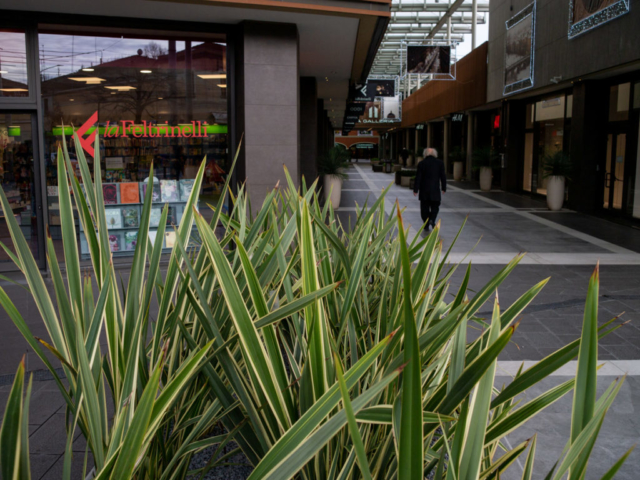Text & photos: Ugo Baldassarre – Translation: Giorgio Aprile
Over the past few months, we have already had the opportunity to test some Laowa brand products, mostly unique lenses in the Micro 4/3 system catalogue.
The Laowa 7,5mm f/2 [here our article] is, for example, one of the lenses preferred by landscape architects: the very small size and the possibility of mounting cheap circular filters, without forgetting the extreme brightness, ideal for evening and night shooting, make it highly appreciated by those seeking compactness and quality.

The new ultra-fisheye 4mm f/2.8 was instead an interesting and very original object, unique in its kind in this photographic format. [here our article]
Here we will instead deal with a lens that goes in the opposite direction to what we have seen so far: in fact, it is a 17mm f /1.8, therefore equivalent to a 35mm approximately. Considering the number of alternatives present in the m43 panorama, this Laowa lens must have really good credentials to earn its own space and a share of fans, because competition is really fierce in this specific sector.
As the manufacturer has accustomed us to now, this new product looks very good from the start.
The package, very elegant and refined, opens like a small casket, revealing a well-kept internal padding. The same lens is closed in an elegant personalized bag (and not an anonymous plastic bag) that can be reused even after opening the product.
The body of the lens is completely metal, including the petal lens hood, included in the package, which fits with a bayonet mount.
On the barrel there are two rings: one, larger, for focusing, and a second, thinner, near the front lens, which adjusts the diaphragms.
The movement of the focusing ring is fluid and precise, guaranteeing excellent resistance to motion, without any clearance, for truly precise focusing. There is also the scale of distances, which is no small thing for lovers of classic photography, which allows you to work in hyperfocal or “zone” without major problems. The aperture ring is also mechanically excellent, with a slight click to indicate the achievement of the next stop.
The diameter of the front lens is 46mm, a fairly standard diameter in our photographic format, which will surely delight those who already use photographic filters.
One of the first aspects that struck me immediately, already after the first shots, is the colour rendering and the “fullness” of the image.
The Laowa 17mm 1.8 seems to have a performance very similar to that of the acclaimed Panasonic Leica 15mm or 16mm Sigma which are so loved for their “analog” rendering.
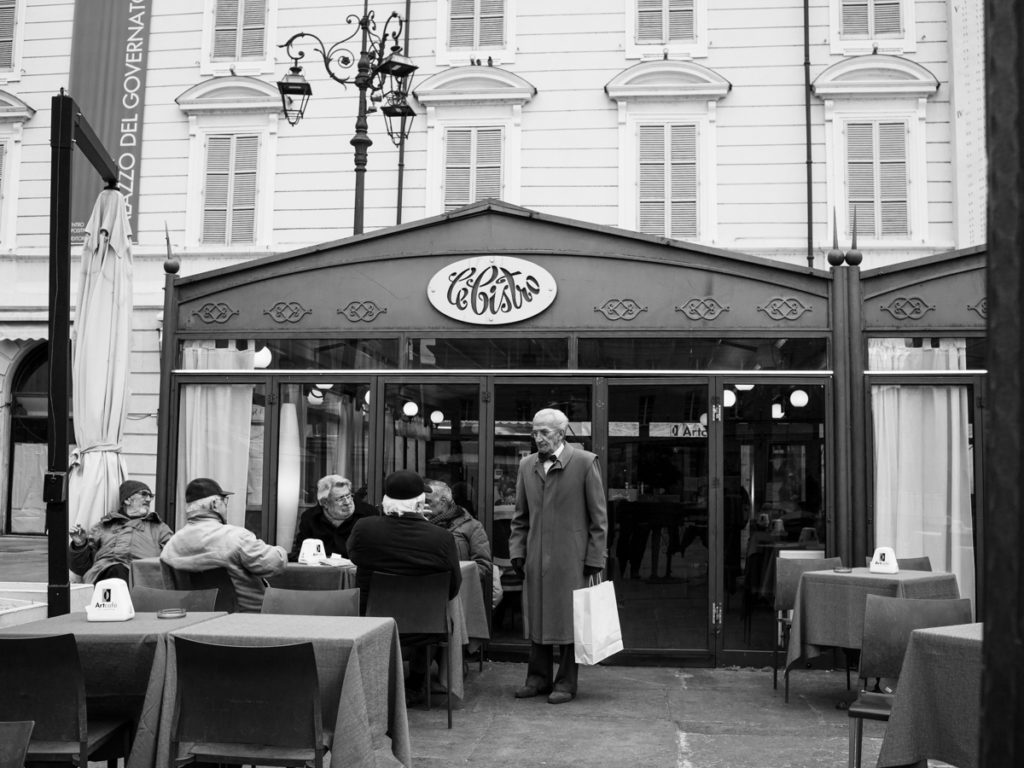
Aesthetically, the product is very beautiful and well made. It has the right mix of modern and classic that a modern lens, designed for digital but with manual characteristics, should have. As already mentioned, the adjustments are very precise, thanks to excellent mechanical movements.
The fact of not having any type of internal electronics also makes this lens particularly interesting for another reason. Normally, electronic optics, or the lens with electronic contacts, also communicate with the camera body information relating to the aperture, the focal length, etc., thus allowing not only the correct writing of the exif data, but also, for example, the application of correction profiles for distortion, aberration, etc.
The lack of electronic communication means that, in the case of our Laowa, the optical quality is entirely, exclusively, of the lens: there are no tricks or deceptions in the quality.
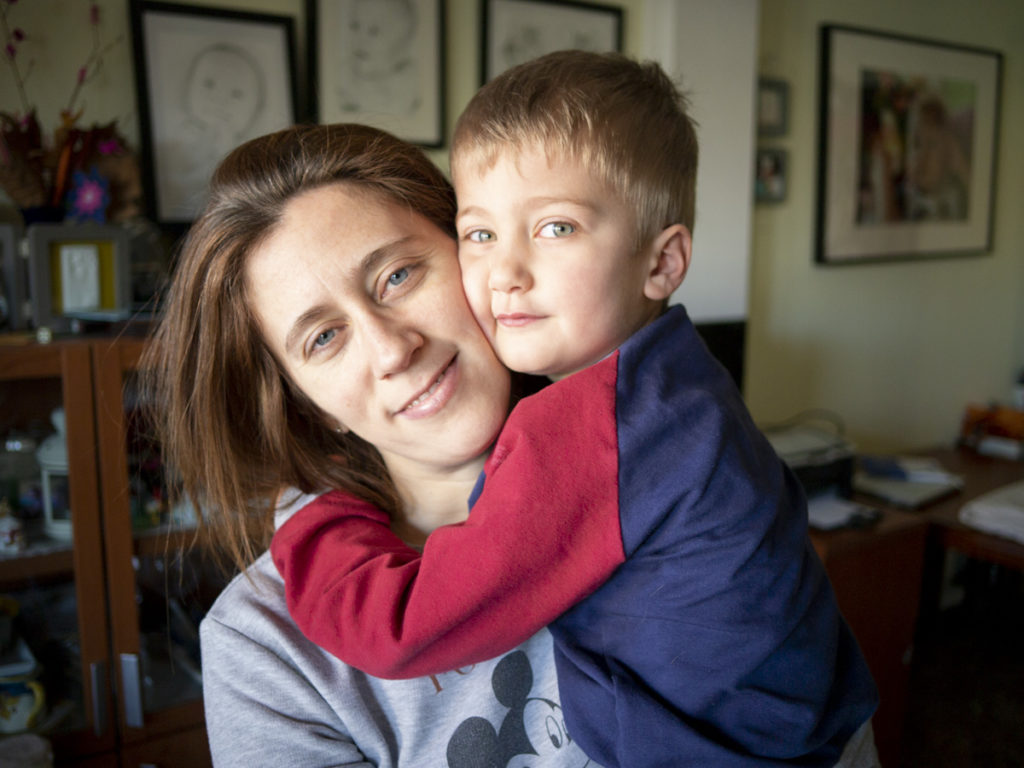
I tested the lens in different conditions and on different camera bodies. The old, but always sprightly Olympus PEN E-PL3 (model without viewfinder and with adjustable display) has returned a good feeling of use but not as much precision in focus. The insufficiently resolution of the display did not allow a correct perception of the focus, therefore I had fun using the camera in hyperfocal (however this situation is certainly not strange, indeed, for this type of product).
Coming instead to the combination with my Olympus OM-D E-M1 Mark II, equipped with an excellent viewfinder together with the possibility of using also the focus peaking, the situation has definitely improved: the 17mm Laowa has returned very clear and excellent quality files, keeping the characteristics of colour and “fullness” already highlighted previously. Images that taste like “analog”, which will delight many fans who are looking for a modern lens with a vintage appeal.
There are many photography enthusiasts who use old analog optics adapted to be used on modern camera bodies: one of the major limitations of this type of approach is precisely linked to the quality of the result. Lenses designed to work well on film lose a lot of quality when they have to resolve the pixel density of a modern sensor, with the result that even excellent lenses from a few decades ago are disappointing in the digital world.
Lenses like this Laowa 17mm are the perfect cure for those looking for that analog feeling but with all the quality of a modern optical project.
This 17mm amused me a lot, especially for street photography: setting an aperture between f/5.6 and f/8 and with the focus on infinity, the lens was practically always in hyperfocal, allowing very fast actions leaving me focus only on the composition. With an average small camera, you can shoot practically without looking, relying only on reactivity and instinct. It is perhaps for someone a different way of shooting, but extremely fun and “profitable”.
I loved the Laowa 17mm f/1.8 C-Dreamer. Its price positions it as the cheapest of the “standard focal length” for the Micro 4/3 system but the quality raises it a lot above this step. If you don’t need a lens with autofocus but, on the contrary, prefer a more “slow” and reasoned approach, this lens is right for you. In any case, given its nature, it is a lens that does not overlap with others, so I would not exclude that someone would also decide to place it alongside another similar focal length (with autofocus). And above all, it’s so beautiful to see … For Micro4/3 Italia, Laowa has still hit the mark.
Thanks to Laowa Italia for the collaboration. www.laowa.it
SUPPORTA MICRO4/3ITALIA.IT
Ti è piaciuto questo articolo? Apprezzi i nostri contenuti?
Puoi aiutare Micro4/3 Italia con un semplice gesto, versando un piccolo contributo per aiutarci a rimanere attivi e sostenere spese varie di gestione e per iniziative varie.
